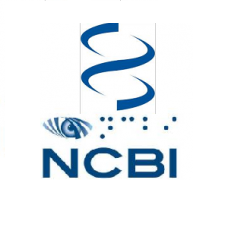Abstract
Bilirubin pigments were studied in the bile of 20 normal adults, 25 patients with Gilbert's syndrome, 9 children with Crigler-Najjar disease, and 6 patients with hemolysis, to determine how a deficiency of hepatic bilirubin UDP-glucuronosyltransferase would affect the end products of bilirubin biotransformation. In the bile from patients with Gilbert's syndrome, a striking increase was found in the proportion of bilirubin monoconjugates (48.6+/-9.8% of total conjugates) relative to that in normal bile (27.2+/-7.8%). This increase was even more pronounced in children with Crigler-Najjar disease, in whom, even in the most severe cases, glucuronide could always be demonstrated in the bile. Furthermore, unconjugated bilirubin-IXalpha was unquestionably present in the bile of these children and amounted to 30-57% of their total bilirubin pigments (<1% in the controls). It was not possible to predict from the biliary bilirubin composition whether a child would respond to phenobarbital therapy or not. Bile composition was normal in patients with hemolysis, except when there was associated deficiency of hepatic glucuronosyltransferase. Therefore, the observed alterations were not a simple consequence of unconjugated hyperbilirubinemia. The present findings suggest that Crigler-Najjar disease represents a more pronounced expression than Gilbert's syndrome of a common biochemical defect. Hepatic bilirubin UDP-glucuronosyltransferase deficiency leads to decreased formation of diconjugates with an ensuing increase in the proportion of bilirubin monoconjugates in bile; in the most severe cases, an elevated content of biliary unconjugated bilirubin is also found.








